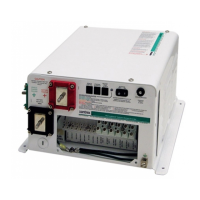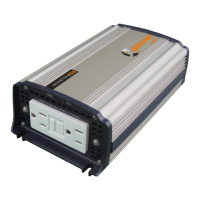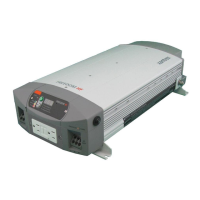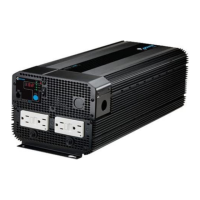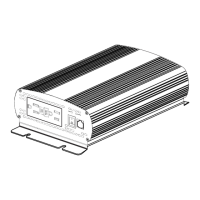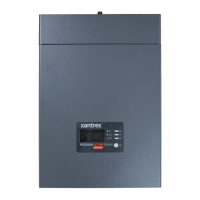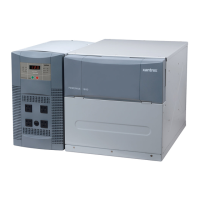Operation
3–8 975-0209-01-01
When batteries are cold, their chemical reaction is sluggish, and they do not
absorb charge as easily. Therefore, a charge level optimized for room temperature
will not charge the batteries sufficiently if they are cold. The charger must
compensate by increasing its voltage to achieve the compensated equivalent of a
room temperature charge.
If the batteries are hot, the chemical reaction is hyperactive and they absorb
energy too easily. Therefore, a standard room-temperature charge would tend to
overcharge a hot battery. Therefore, the main charger compensates by reducing its
voltage.
With a BTS, the charger automatically, and continuously, makes adjustments to
the charger output voltage to properly charge your batteries. The actual charge
compensation slope based on cell voltage is –2.17mV per degree F per cell.
If a BTS is not present, the charger uses voltage settings as shown in Table B-1 on
page B–7.
Dead Battery Charging
Unlike many chargers, the RV Series Inverter/Charger can recharge batteries even
if the battery voltage is very low—as low as 5.5 V for a 12 V battery. Of course, it
is not recommended to ever discharge deep-cycle batteries this much.
Battery Equalization
To improve the life and performance of non-sealed, flooded lead-acid batteries,
the inverter/charger’s multi-stage charging cycle includes a manual equalize mode
that can be used if recommended by the battery manufacturer.
The equalization charge is manually initiated because it is not required each time
the battery is recharged. Equalization is a deliberate overcharge designed to
reduce sulfation and stratification in the battery. This helps the battery to reach
and maintain peak capacity by equalizing the chemistry in the individual battery
cells.
Follow the battery manufacturer’s recommendations for equalizing your batteries.
As a guide, a heavily used flooded battery may need to be equalized once a month,
and a battery in light service may only need to be equalized every two to four
months.
WARNING: Explosive gases
Equalization generates explosive gases. Ensure adequate ventilation.
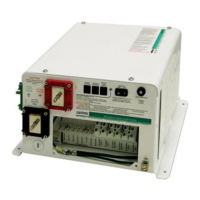
